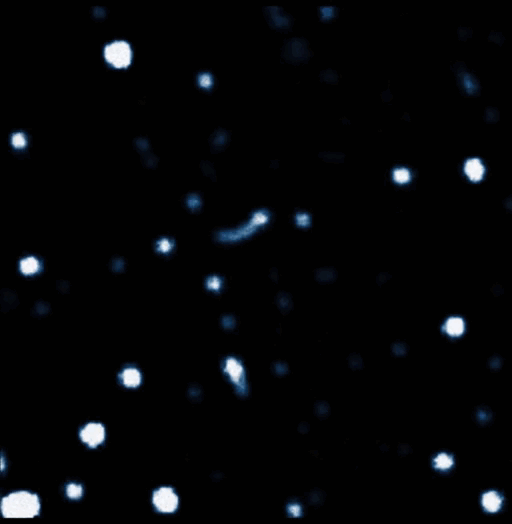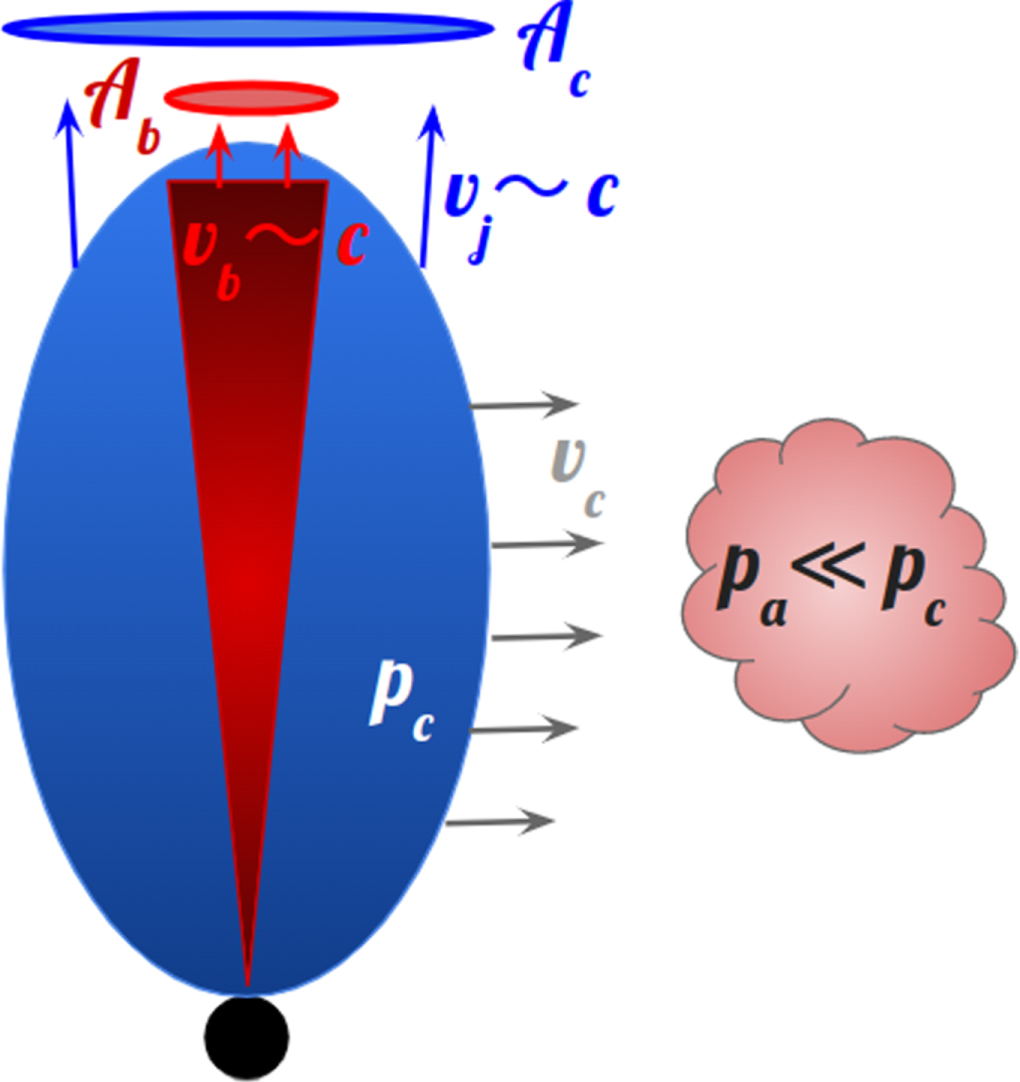Light from a Supermassive Black Hole's Shadow: Star Formation at the Galactic Center
The mystery of young stars forming at the center of the Milky Way has long been a conundrum to astronomers. The intense gravity of the region should disrupt star formation, but a novel mechanism, published by Professor Rosalba Perna and a collaborator, explains their presence.
 Stars at the galactic center rapidly orbiting around Sagittarius A*, our galaxy's
supermassive black hole. By ESO/MPE.
Stars at the galactic center rapidly orbiting around Sagittarius A*, our galaxy's
supermassive black hole. By ESO/MPE.
Ironically, this mechanism for the new stars formation depends on another star falling
into the black hole and releasing a huge explosion, called a tidal disruption event.
"We know that explosive events have a feedback effect on star formation in other contexts. As we were looking into the details of it here, all the numbers in terms of rates, energetics, length scales, they all just fell into place.”"
- Dr. Perna

The mechanism relies on a jet of material from the exploding star to be released into the surroundings. This jet (red) compresses the gas ahead of it as it leaves the area of the exploding star, which allows for clumps of gas to eventually begin star formation. Additionally, the perpendicular expansion of the jet compresses gas in other directions, allowing for more star formation.
The article, chosen as a highlight of the Astrophysical Journal Letters and also highlighted in the NewScientist Magazine, may be found here.
